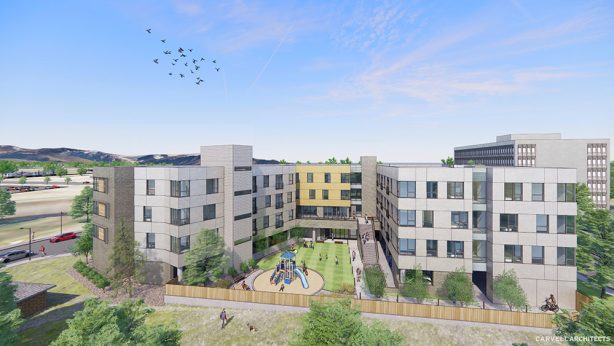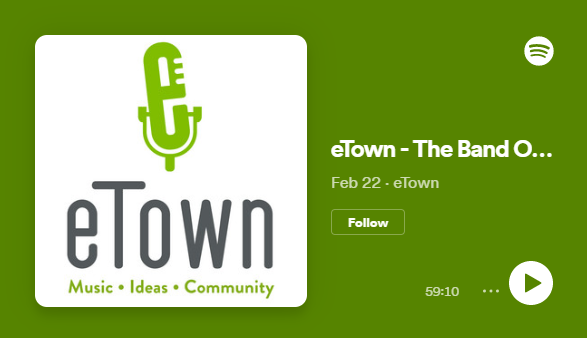Housing Colorado Publishes Report, Highlights Lack of Affordability for Essential Workers in Colorado
Each year, the National Housing Conference (NHC) releases a report that focused on the cross-section of housing affordability and income. The Paycheck to Paycheck report assesses specific professions to determine the ability of households to afford housing in the areas they work.
In May 2019, NHC partnered with Housing Colorado to release a report focused on the specifics of Colorado’s housing condition. This report concentrated on the median housing costs and median incomes for six major metropolitan areas in the state – Denver, Boulder, Greeley, Fort Collins, Pueblo and Colorado Springs. Within these areas, five occupations were chosen for their status as traditional sources of median income. Childcare workers, firefighters, dental assistants, plumbers and bank tellers are all essential workers in their communities, but their respective salaries coupled with the increased costs of living in metro areas make it nearly impossible to purchase a home.
The Colorado Paycheck to Paycheck highlights both the affordability of rental housing and homeownership opportunities for each of the aforementioned professions and metropolitan areas. According the report, and illustrated in the table below, not a single city is considered an affordable place to live for every profession. Of the jobs studied, childcare workers and bank tellers cannot afford to rent or buy a home in any of the cities listed. Homeownership is only available to two professions – firefighters and plumbers – and only in Pueblo.

Homeownership is a significant achievement and oftentimes considered an eventual milestone in life, yet it is all but impossible for cost burdened individuals spending more than 30 percent of their income on housing. According to the Colorado Paycheck to Paycheck Report, bank tellers in Boulder and Denver spend nearly 60 percent of their income on rent alone. Furthermore, home prices are significantly higher than the national average along the Front Range. Home prices in Boulder are double the national average, and in Denver homes sell for nearly 60% more than the national median home price.
A dearth of affordability in rental and homeownership has broad implications for the future of Colorado’s economy, the resiliency of our communities and the health of Colorado’s environment. Many workers are often forced to relocate in search of more affordable housing options, depriving communities of an essential workforce. Furthermore, these workers typically make longer commutes, thereby spending more on transportation costs. Longer commutes also worsen air quality and release more carbon dioxide into the atmosphere. In short, the consequences of Colorado’s lack of affordable housing options for its critical workforce population and the growing number of the middle-class households living paycheck to paycheck is a crisis we cannot ignore.
Urban Land Conservancy (ULC) is thankful to both NHC and Housing Colorado for uncovering this data and publishing the 2019 Paycheck to Paycheck report. Without the work of dedicated organizations providing insight into our state’s affordable housing crisis, collective impact to address the housing crisis would become a much more difficult task. ULC is determined to continue partnering with organizations like Housing Colorado in addressing the unaffordability of Colorado’s housing market and continue working towards equitable development throughout the Metro Denver region.
The Housing Colorado report in its entirety can be found here, and the report by NHC can be found here.



